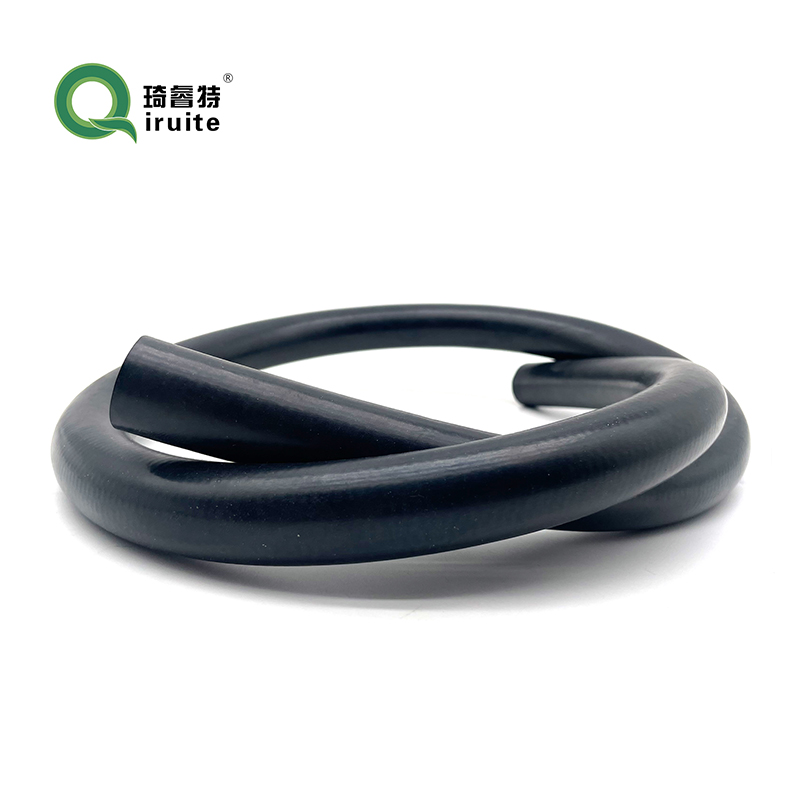Mobile Power Steering Hose Repair Tips and Techniques for Effective Maintenance Solutions
Mobile Power Steering Hose Repair A Comprehensive Guide
Power steering systems play a vital role in modern vehicles, providing the driver with the ability to steer with minimal effort. However, like any other component in a car, power steering hoses can suffer from wear and tear over time. When a power steering hose develops a leak, it can lead to a significant loss of steering fluid, compromising the entire power steering system. This article will guide you through the process of mobile power steering hose repair, ensuring you can maintain your vehicle's performance without the need for a lengthy visit to the repair shop.
Understanding the Power Steering Hose
Before diving into the repair process, it’s important to understand what the power steering hose does. Essentially, it connects the power steering pump to the steering gear, allowing fluid to flow in and out of the system. Over time, these hoses can become brittle, crack, or develop leaks due to environmental factors such as heat, corrosion, and road debris. Regular inspection can help identify issues early, but sometimes leaks are unavoidable.
Identifying a Problem
The first step in mobile power steering hose repair is identifying the problem. Common signs of a failing power steering hose include
- Steering Wheel Difficulties A sudden increase in resistance when turning the wheel. - Fluid Puddles Finding fluid underneath your vehicle, particularly near the front wheels. - Whining Noises Hearing unusual sounds when steering, which can indicate low fluid levels. - Warning Lights The dashboard light for power steering may illuminate.
If you suspect a hose leak, inspect the hose for visible cracks or abrasions. If you can't spot any damage, check the connections for any signs of leakage.
Tools and Materials Needed
For a successful mobile power steering hose repair, gather the following tools and materials
- Replacement power steering hose - Hose clamps - Wrenches (for removing old hoses) - Fluid catch basin - Power steering fluid - Rags for cleanup - Safety gloves and goggles
mobile power steering hose repair

Steps for Mobile Power Steering Hose Repair
1. Safety First Before beginning any work, ensure the vehicle is parked on a level surface and the engine is turned off. Allow the engine to cool if you’ve been driving.
2. Locate the Hose Identify the faulty power steering hose. Refer to your vehicle’s service manual if necessary.
3. Drain Fluid Place a fluid catch basin under the power steering pump and steering gear. Remove the hose clamps using your wrench, and carefully detach the hose, allowing any remaining fluid to drain into the basin.
4. Replace the Hose Take your new power steering hose and attach it to the pump and steering gear. Secure it in place with hose clamps, ensuring a tight fit to prevent future leaks.
5. Refill Fluid Once the new hose is in place, refill the power steering reservoir with the appropriate type of power steering fluid. Consult your vehicle’s manual for the recommended fluid specifications.
6. Bleed the System Start the engine and turn the steering wheel from lock to lock a few times to remove any air bubbles from the system. Keep an eye on the fluid level and top it off as necessary.
7. Test Drive After ensuring everything is secure, take the vehicle for a short test drive. Observe for any unusual noises or signs of fluid leakage.
Conclusion
Mobile power steering hose repair can save time and money while ensuring your vehicle remains safe and functional. By understanding the signs of a failing hose and knowing how to replace it yourself, you can maintain your vehicle's performance and enjoy a smooth driving experience. Always remember, however, that if you're unsure about any step in the process, it’s best to consult with a professional mechanic. Regular maintenance and prompt repairs will extend the life of your vehicle’s power steering system, keeping you on the road longer.
-
Ultimate Spiral Protection for Hoses & CablesNewsJun.26,2025
-
The Ultimate Quick-Connect Solutions for Every NeedNewsJun.26,2025
-
SAE J1401 Brake Hose: Reliable Choice for Safe BrakingNewsJun.26,2025
-
Reliable J2064 A/C Hoses for Real-World Cooling NeedsNewsJun.26,2025
-
Heavy-Duty Sewer Jetting Hoses Built to LastNewsJun.26,2025
-
Fix Power Steering Tube Leaks Fast – Durable & Affordable SolutionNewsJun.26,2025

